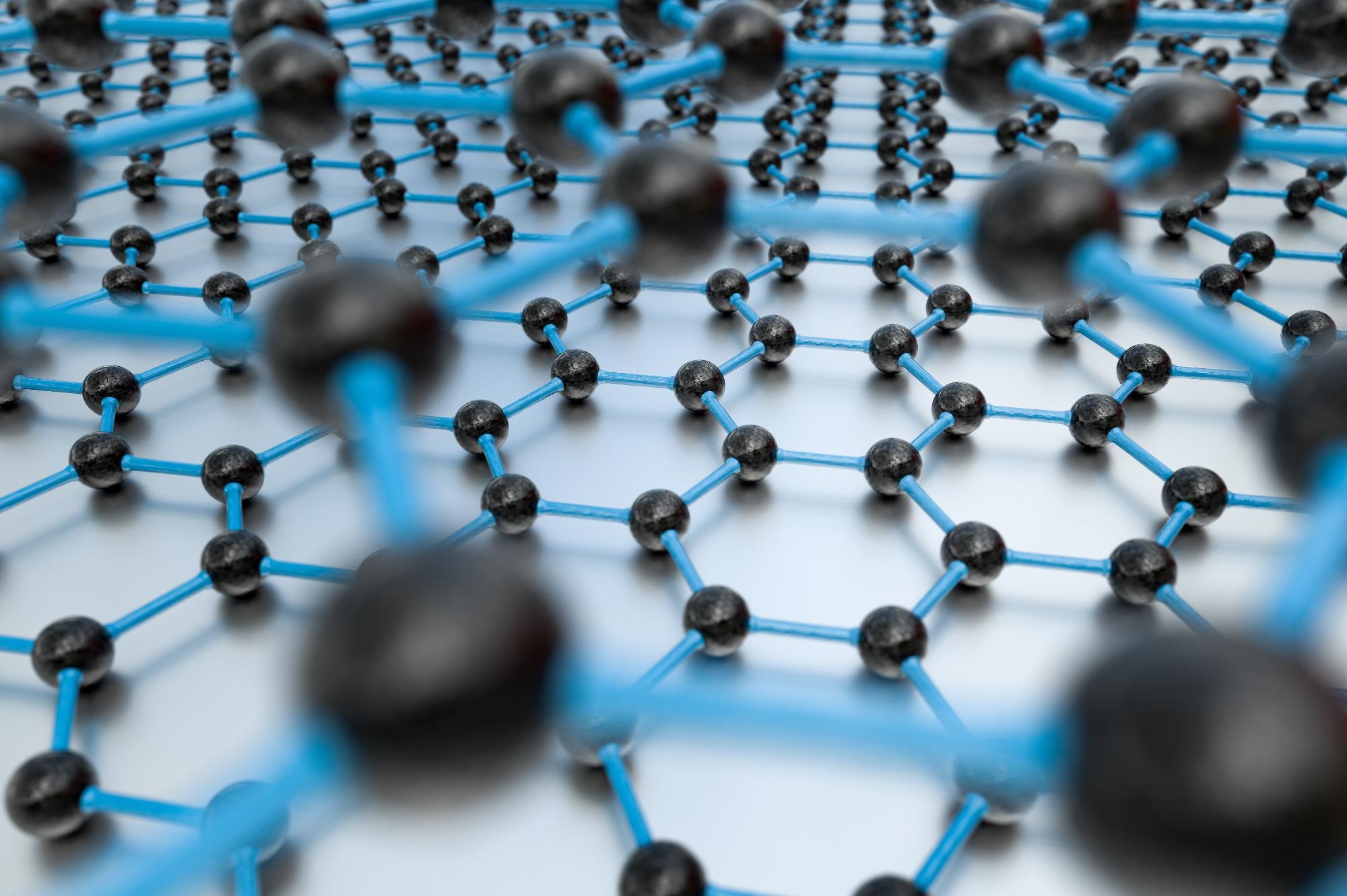Although various photocatalyst powders can effectively remove contaminants and microorganisms from water, their practical application is restricted due to poor recovery performance.

Image Credit: Shutterstock.com/ Forance
Previous research has used magnetron sputtering and electrodeposition to create a bismuth-containing seed layer for hydrothermal in-situ growth of bismuth-based photocatalytic films on various substrates. This procedure, however, is complex and energy-intensive.
A research team led by Prof. Dun Zhang of the Chinese Academy of Sciences’ Institute of Oceanology (IOCAS) recently developed a novel epoxy resin mediate layer for hydrothermal in-situ grown photocatalyst onto different metals.
The study was published on March 15th, 2022, in the Separation and Purification Technology journal.
The researchers discovered that a photocatalytic film with a flower-like morphology might grow on metals coated with epoxy resin. The epoxy resin intermediate layer was a standout feature of this project, with unrestricted selectivity for metal substrates.
The photocatalytic film of hydrothermal in-situ grown active sites was formed by dipole-dipole interactions between the group of the stabilizer polyvinyl pyrrolidone (PVP) and the epoxide group of epoxy resin. At the periphery of the newly formed nano-sheets, a dissolution-recrystallization process took place. These nano-sheets were constantly stacked and assembled, gradually forming a flower-like microsphere film on metals layer by layer.
By contrasting with powdered bismuth-based photocatalyst, the film showed similar photocatalytic activity, indicating that the transformation from powdered photocatalytic to film can maintain good photocatalytic activity.
Xuelei Xu, Study First Author, Institute of Oceanology, Chinese Academy of Sciences
Prof. Zhang comments, “Inducing epoxy resin as the media layer that substitutes bismuth seed layer is simple and convenient.”
The film composed of N, P-doped heterostructure may also have potential for removing contaminants and microorganism. Therefore, this work highlights the development of convenient, economical, recycled and universal photocatalytic film on various metals for contaminants degradation and microorganism killing.
Yi Wang, Study Corresponding Author and Professor, Institute of Oceanology, Chinese Academy of Sciences
The study was supported by the National Natural Science Foundation of China and the High-end Users Program of “Kexue.”
Journal Reference:
Xu, X., et al. (2022) A novel strategy of hydrothermal in-situ grown bismuth based film on epoxy resin as recyclable photocatalyst for photodegrading antibiotics and sterilizing microorganism. Separation and Purification Technology. doi.org/10.1016/j.seppur.2022.120842.